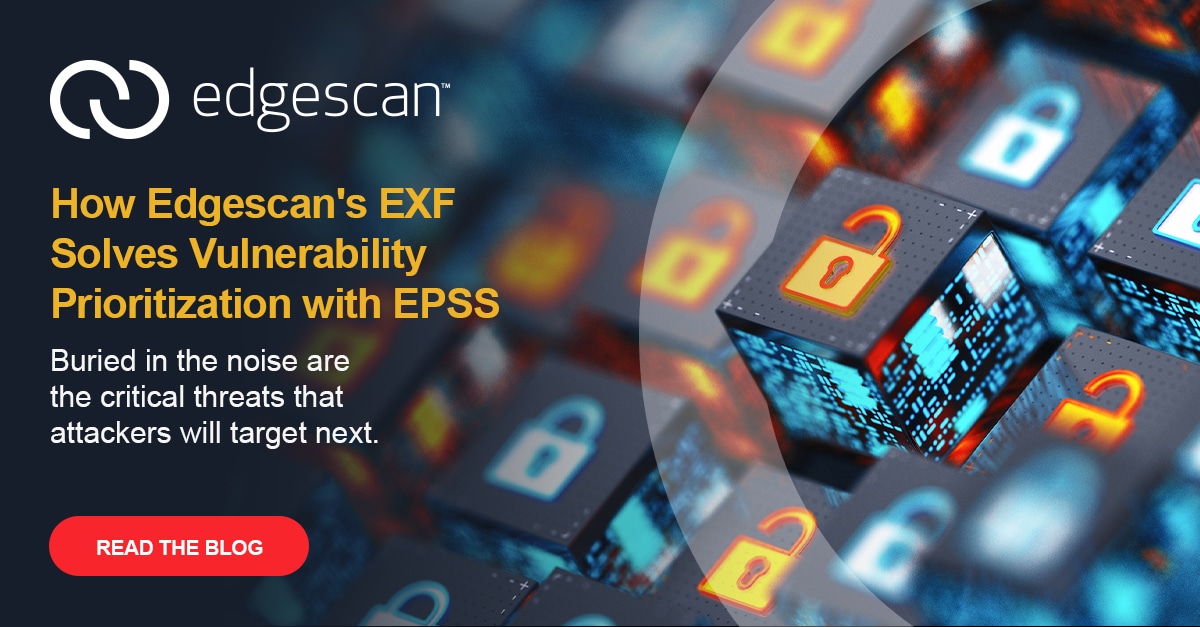A Singular Full Stack Vulnerability Management (VM) Platform Yields a Plurality of Benefits
A major theme of Enterprise software platforms is one of simplification – the drive to one singular solution. But does a singular full-stack solution have merits in the context of a Vulnerability Management (VM) Program? Should the Enterprise Security team move from a point solution approach to a full-stack platform, including the network, web apps, external attack surface management (EASM), mobile devices, and API’s? We think they should and here are ten reasons why:
Benefit #1 – Consolidated View of Risk – Consolidation of risk data across the stack delivers a consolidated view of risk so one can focus on what matters.
Benefit #2 – Full Picture of All Assets – One cannot protect what one cannot see. A full-stack solution provides a complete picture of your evolving attack surface.
Benefit #3 – Comprehensive Protection – If you have a full stack to protect, then you require a full-stack solution. The attacker does not care what layer they attack – they just want a window of opportunity anywhere in the stack.
Benefit #4 – Efficiency – It’s quicker and requires less effort to validate each alert from a single full-stack platform and have a full picture of what matters. Attempting to upskill resources against each specialized tool and manually cobble verified results into a composite picture is less than optimal.
Benefit #5 – Compliance – One needs a full-stack assessment. Compliance looks at risk regardless of where it is.
Benefit #6 – Overhead – A point-solution approach introduces significant overhead including set-up time, specialized individual tool training, specialized tool support and updates, and multiple integration efforts. A full-stack singular solution reduces this overhead significantly.
Benefit #7 – Resilience – A single, contained (pre-packaged) solution means that all the same data for the same service is validated in a single place. In contrast, multiple validation efforts across each point solution introduce more layers of potential errors. One validation effort across only one solution reduces error significantly. Accuracy drives resilience.
Benefit #8 – Costs – Some large enterprises “manhandle” the integration problem to achieve a full-stack risk view – but many mid-sized organizations cannot simply afford that approach. And even for those that can – is that the wisest use of your security budget when single full-stack solutions are available? There will then be the ongoing support costs for a manual integration approach.
Benefit #9 – Operational Headache – With layered point solutions, there will be multiple tickets with multiple vendors over one vulnerability, instead of a single solution that can port metadata over for a singular view of risk. And there is only one single point of contact for all alerts regardless of issue layer location.
Benefit #10 – Strategic Alignment – The Enterprise management team simply wants to achieve desired business goals and wants to be able to effectively ensure that vulnerabilities that can have an impact on strategic goals are efficiently managed. One full-stack solution enables direct alignment between strategic business goals and the VM team’s focused efforts.






